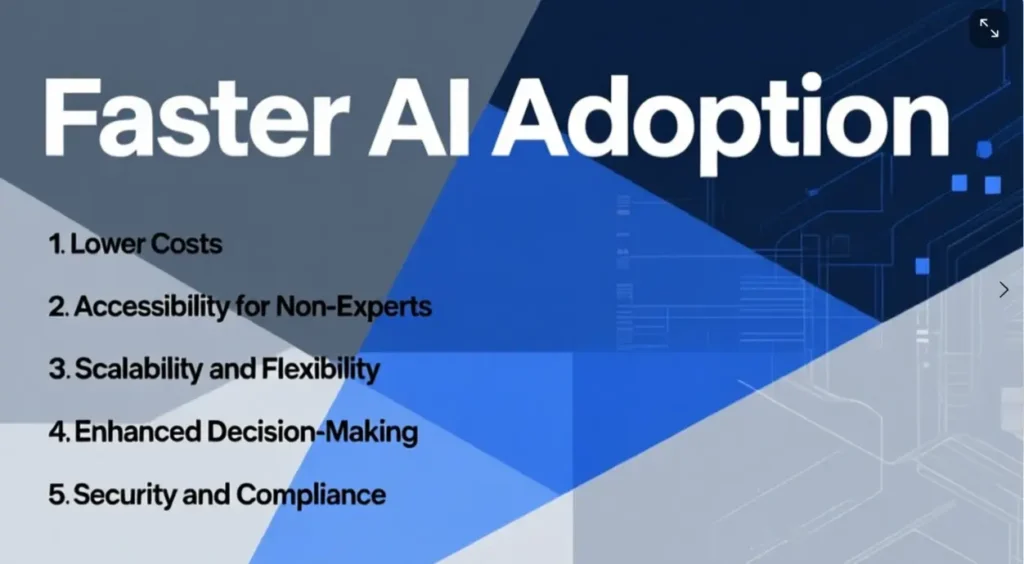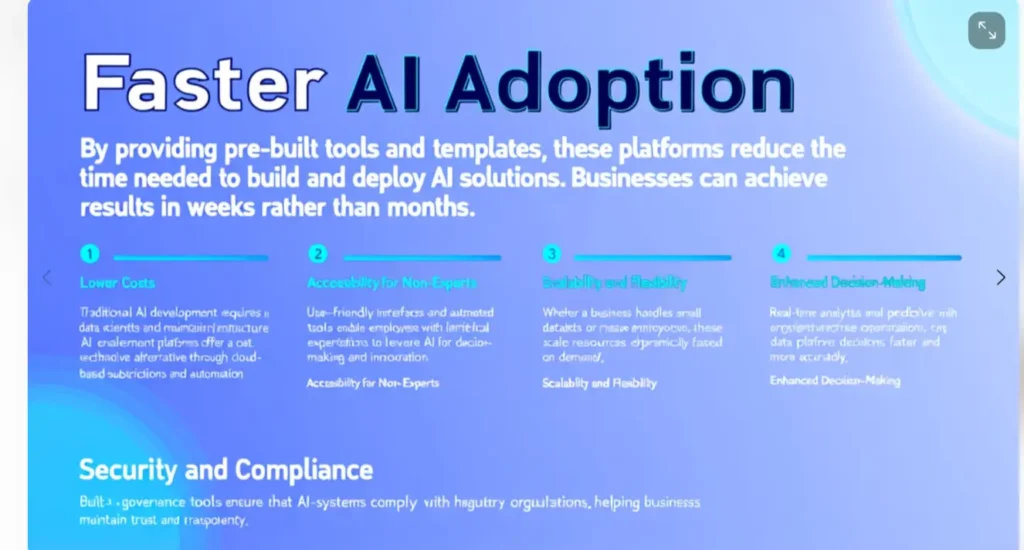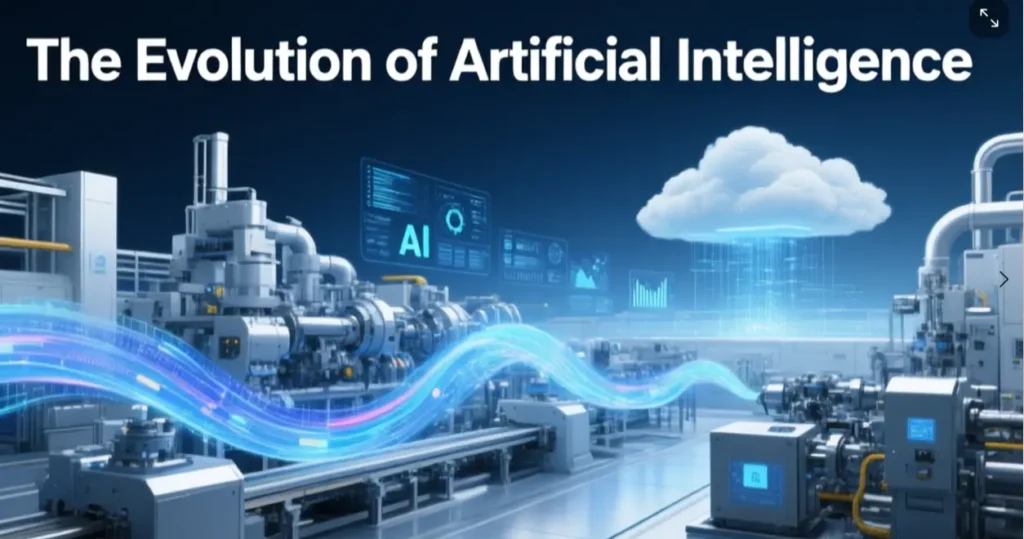AI Enablement Platforms: What They Are & How They Work
Discover how AI enablement platforms simplify AI adoption, streamline data management, and empower businesses to build intelligent, scalable solutions easily.

Artificial Intelligence (AI) has evolved from being a futuristic concept to a practical technology shaping industries across the globe. From healthcare and finance to retail and manufacturing, AI is transforming how organizations operate, make decisions, and serve customers. However, developing and integrating AI solutions is often complex and resource-intensive. This is where AI enablement platforms come in—they provide the tools, frameworks, and infrastructure businesses need to harness AI effectively and efficiently.
What Are AI Enablement Platforms?
AI enablement platforms are comprehensive systems designed to simplify and accelerate the development, deployment, and management of AI applications. These platforms act as a bridge between raw data and intelligent outcomes by offering tools for data processing, model training, analytics, automation, and integration.
In simple terms, an AI enablement platform provides everything an organization needs to “enable” AI within its ecosystem—without requiring every user to be a data scientist or AI expert.
They combine machine learning (ML), data analytics, cloud computing, and automation tools into a single environment. The goal is to make AI accessible, scalable, and efficient for businesses of all sizes.
Key Components of AI Enablement Platforms

- Data Management and Integration Data is the backbone of any AI system. AI enablement platforms offer data integration tools that collect, clean, and organize information from multiple sources—such as databases, IoT devices, CRM systems, and external APIs. Advanced platforms also include data labeling, transformation, and visualization tools to prepare datasets for machine learning models.
- Machine Learning and Model Development A core feature of AI enablement platforms is their ability to support machine learning. They provide pre-built algorithms, automated ML pipelines, and user-friendly interfaces for model training and testing. Some platforms even include AutoML (Automated Machine Learning), which allows users to build accurate models with minimal coding or technical knowledge.
- Deployment and Scalability Once models are trained, they need to be deployed into real-world applications. AI platforms offer tools for deploying models in cloud environments, on-premises servers, or at the edge (e.g., in IoT devices). They also provide scalability options, ensuring the AI solutions perform efficiently as the business grows.
- Monitoring and Governance AI models require ongoing monitoring to ensure they remain accurate and unbiased. Enablement platforms include dashboards and performance tracking systems that monitor AI behavior, detect errors, and ensure compliance with ethical and regulatory standards.
- APIs and Integrations To connect AI capabilities with existing systems, platforms offer APIs (Application Programming Interfaces) and plug-ins. This allows seamless integration with enterprise applications like ERP, CRM, and analytics tools.
- Security and Compliance AI platforms prioritize data privacy and compliance with global standards such as GDPR, HIPAA, and ISO. Built-in encryption, access control, and auditing tools ensure secure data handling throughout the AI lifecycle.
How AI Enablement Platforms Work

AI enablement platforms work through a structured, step-by-step process that converts raw data into actionable intelligence:
- Data Collection and Preparation
The first step involves collecting data from multiple sources. The platform cleans and normalizes this data to ensure it’s suitable for analysis. Tools like automated data pipelines and quality checks make this process fast and reliable. - Model Training and Validation
Once data is ready, the platform’s ML tools are used to train models. Developers can choose algorithms or use AutoML features to automatically select and tune the best models. The models are then validated using test datasets to measure accuracy. - Model Deployment
After validation, the AI models are deployed into operational environments. The deployment can be done via APIs, cloud services, or embedded software, depending on the business use case. - Monitoring and Optimization
Deployed models are continuously monitored to detect performance drifts or anomalies. The platform provides insights to retrain or update models automatically, ensuring long-term reliability. - Integration and Automation
Finally, the platform connects AI insights to other systems — like business intelligence dashboards or customer-facing applications — automating decision-making and workflows.
Benefits of Using AI Enablement Platforms

- Faster AI Adoption
By providing pre-built tools and templates, these platforms reduce the time needed to build and deploy AI solutions. Businesses can achieve results in weeks rather than months. - Lower Costs
Traditional AI development requires hiring data scientists and maintaining infrastructure. AI enablement platforms offer a cost-effective alternative through cloud-based subscriptions and automation. - Accessibility for Non-Experts
User-friendly interfaces and automated tools enable employees with limited technical expertise to leverage AI for decision-making and innovation. - Scalability and Flexibility
Whether a business handles small datasets or massive enterprise operations, these platforms can scale resources dynamically based on demand. - Enhanced Decision-Making
Real-time analytics and predictive insights empower organizations to make data-driven decisions faster and more accurately. - Security and Compliance
Built-in governance tools ensure that AI systems comply with industry regulations, helping businesses maintain trust and transparency.
Popular AI Enablement Platforms
Several leading tech companies provide powerful AI enablement platforms. Some notable examples include:
- Google Cloud AI Platform: Offers end-to-end AI and ML tools for data management, model training, and deployment.
- Microsoft Azure AI: Provides pre-built models and APIs for vision, speech, and language processing.
- Amazon SageMaker: A fully managed service for building, training, and deploying ML models at scale.
- IBM Watson Studio: Known for its strong analytics and natural language processing capabilities.
- DataRobot: Focuses on automated machine learning (AutoML) for faster model creation.
Each platform offers unique features, but they all aim to simplify AI adoption for enterprises and developers.
The Future of AI Enablement Platforms
As AI continues to evolve, enablement platforms will become even more intelligent and autonomous. Future trends include:
- Integration with Generative AI: Platforms will incorporate generative models (like ChatGPT or DALL·E) to create new content and automate creative tasks.
- Edge AI Enablement: With IoT expansion, more platforms will focus on deploying AI models directly on edge devices for faster decision-making.
- Enhanced Explainability: Tools that explain how AI models make decisions will become standard for transparency and trust.
- Low-Code and No-Code AI: Even non-technical users will be able to build sophisticated AI workflows using drag-and-drop interfaces.
Conclusion
AI enablement platforms are revolutionizing how businesses implement artificial intelligence. By providing integrated tools for data management, model training, deployment, and monitoring, these platforms remove many of the barriers that once made AI adoption difficult.
Whether you’re a startup exploring automation or a large enterprise seeking to optimize operations, AI enablement platforms offer the foundation for innovation and growth. As technology advances, these platforms will continue to empower organizations to unlock the full potential of AI — making intelligent systems a standard part of modern business strategy.






